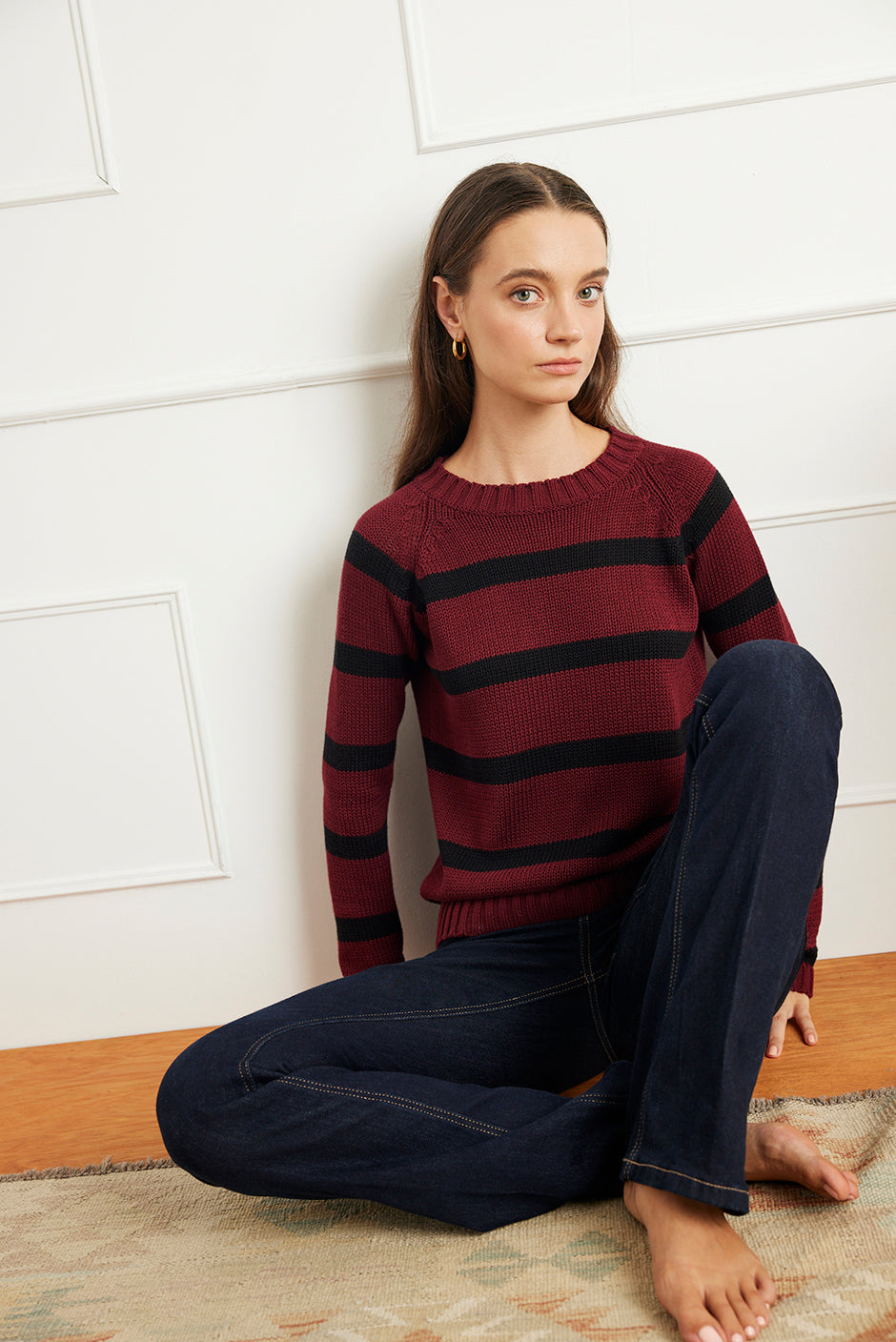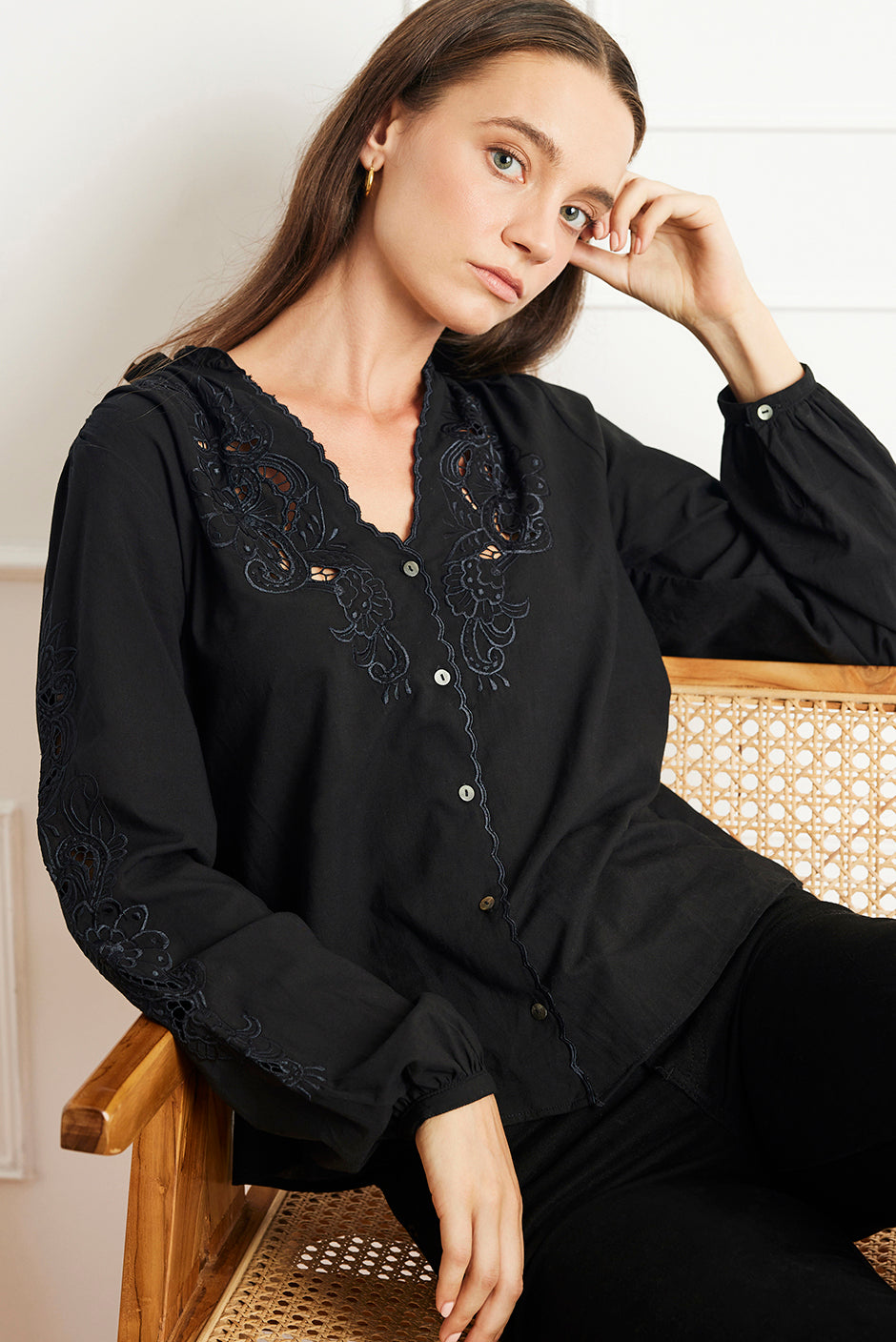-FREE SHIPPING ON U.S. ORDERS OVER $150. ECO-FRIENDLY PACKAGING ALWAYS- JOIN PANEROS REWARDS-
-FREE SHIPPING ON U.S. ORDERS OVER $150. ECO-FRIENDLY PACKAGING ALWAYS- JOIN PANEROS REWARDS-
Shop
Fabrics 101: 3 Famous Fibers

According to the Wall Street Journal, over 53 million metric tons of fibers are produced annually for clothing, and that number is expected to grow over 33% by the year 2030. The social and environmental impact of this increase will be determined in part by consumer tastes and the composition of fabrics that are used for that growth.
One of our initiatives is to spread awareness about the 3 main fiber groups and their effect on the planet.
Fabrics used in fashion have come a long way since the caveman days. Can you imagine everyone sill walking around in loincloths... no thank you! Today, clothes are made up of dozens of materials, each of which come with unique advantages and disadvantages. As a consumer, you deserve to understand of the 3 most important groups.
- Plastic-based, fully-synthetic fibers (roughly 63% of clothing)
- Cellulose-based fibers, both natural and semi-synthetic man-made cellulose fibers (MMCFs) (over 33% of clothing)
- Protein-based fibers (less than 5% of clothing)
Important Note: Semi-Synthetic man-made cellulose fibers (MMCFs) should not be confused with fully synthetic fibers derived from petroleum products. MMCF's are called semi-synthetic because they require chemical processes to derive and extract the cellulose fibers from wood pulps, but are still plant based; this is not related to fully synthetic products which are derived from oil. For fabrics created from a blend of synthetic and natural fibers, such as a shirt created using 80% nylon and 20% cotton, the garment tag will be labeled as such; this is not the same as semi-synthetic.
The Ellen MacArthur Foundation’s research has made clear the fashion industry is currently dominated by, and optimized for, cotton and polyester fabrics.
To fully understand the impact of the different materials used, it is necessary to look at all phases, from feedstock for raw materials through production methods, during use, and after use.
 |
  |
 |
|
|
Plastics |
Plants |
Animals |
|
|
What is it and where does it come from? |
⬩ Mostly derived from oil ⬩ Over 60% of the material input for clothing creation ⬩ Discovered in 1930s, overtook cotton in the mid-2000s as the most prolific fiber in clothing ⬩ Includes polyester (55%), followed by nylon (5%), and acrylic (2%) ⬩ Elastane (Spandex) less prominent by volume, but used in limited quantities for many garments ⬩ Not bio-degradable |
⬩ Cellulose is the main component of plant cell walls and the most abundant organic molecule in nature ⬩ Derived from plant-based material either directly, such as cotton and flax (linen), or treated chemically to extract and process cellulose as is the case in man made cellulose fibers (MMCFs) like rayon ⬩ Cotton fibers make up about 27% of global clothing, and cellulose-based fibers overall account for about 33% ⬩ In pure form, can be safely biodegraded. |
⬩ Protein-based fibers, such as wool and silk, are derived from animal sources ⬩ Less than 5% of clothing fibers ⬩ In pure form, can be safely biodegraded |
|
⇩ Plastic (Synthetics) |
⇙ Natural |
⇘ Man-Made Cellulose (MMCF) |
⇩ Animals |
|
| Advantages |
⬩ Production and processing require minimal agricultural land and water use ⬩ Synthetics are inexpensive versatile, durable and fast drying |
⬩ Cotton is lightweight yet strong, very absorbent, non-allergenic, and offers good drape ⬩ Cotton can be recycled back into other cotton, or chemically recycled into MMCFs ⬩ Linen (derived from flax, a Bast fiber) are durable, absorbent, and soften as they are washed ⬩ Bast fibers require less water and fertilizer, and can grow on otherwise un-farmable land |
⬩ Semi-Synthetic MMCFs are generally soft, strong, and have flexible drape ⬩ Production solvents used for some MMCFs are non-toxic, while others can also be recaptured and kept in a closed-loop process ⬩ Certain MMCF manufacturers have developed sustainability certifications and practices ⬩ Some believe that MMCFs will replace cotton in the future, although there are also exciting innovations in sustainable cotton production |
⬩ Varies by material, but wool and silk tend to be warm and breathable, and easy to dye ⬩ Wool has long fibers, which have facilitated a recycling program ⬩ Silk feels cool in the summer heat and can absorb large amounts of moisture before feeling wet ⬩ Leather is durable and lends itself to recycling as well |
| Disadvantages |
⬩ Require vast amounts of virgin and non-renewable feedstocks ⬩ Production is energy-intensive and polluting ⬩ Fibers shed plastic microfibers when washed that can flow into the environment, freshwaters and oceans ⬩ Do not biodegrade and therefore wind up enduring in landfills or requiring incineration |
⬩ Cotton fabric requires large amounts of water (big issue in water-scarce regions) ⬩ Cotton requires large amounts of pesticides and fertilizers ⬩ Cotton requires heavy treatment in the dye process to absorb dyes well ⬩ Cotton creases easily and requires chemicals or blends in order to achieve crease resistance ⬩ High Energy requirements for cotton-spinning ⬩ Linen and other Bast fibers are relatively costly ⬩ Bast fiber spinning process is also energy-intensive |
⬩ Some production solvents are highly toxic, and solvent recycling can be limited ⬩ Unsafe solvent disposal can be hazardous, and high-profile pollution events have occurred ⬩ Dyeing and finishing processes require a lot of water, energy, and chemicals ⬩ Risk of illegally sourced wood, like from ancient rain-forests ⬩ Some MMCFs crease easily ⬩ Uses energy intensive production processes |
⬩ Expensive, land and resource intensive and difficult to scale ⬩ Sheep and cows release large amounts of methane gas (a noxious greenhouse gas 84 times more potent than C02) ⬩ Down materials generate a lot of waste ⬩ Many processes require chemicals, and complicated and tedious systems to harvest and produce |
|
⇩ Plastic |
⇘ ⇙ Plants |
⇩ Animals |
|
|
Bottom Line |
Plastic-based synthetic materials like polyester, nylon, elastane, etc are best to be avoided as much as possible Even recycled polyester does not mitigate the harmful effects of using plastic The way forward is to wean ourselves off plastic as much as possible |
Cellulose is the most abundant organic molecule on earth, and cotton is one of the most prolific clothing materials in the world Still, natural fibers are not perfect, and require a lot of resources to produce quality end products you want There is tremendous research underway to reduce resource needs and recycle old materials Finally, certain new fabrics have been created in Lyocel technology that are very promising from a sustainability perspective, including newer production methods that allow very efficient chemical reuse and recover up to 90% of the solvents Be sure to look for our upcoming blog post on the topic of smart MMCFs |
Natural protein-based fabrics make up a small portion of the overall clothing supply, and the number is decreasing They are expensive, resource intensive and difficult to scale However, there are some exciting developments and initiatives in the space, including sustainable non-synthetic alternative leathers |
| Grade |
F |
Varies by type, from A- to C |
B- |
Important Note: Energy intensive production processes in low-technology regions where fossil fuels such as coal are the primary energy resource are a disadvantage until more renewable energy sources are deployed.
At Paneros, we do not use fully synthetic fabrics and strive to minimize plastic usage as much as we can. We continue to look for new and innovative fabrics and processes to continue to deliver on our promise of sustainability.
We also have a line devoted to repurposing existing garments to give them a new life. This practice is the most sustainable because it does not require new fabric to produce. Within our upcycled products, we do not use fully synthetic fabrics so you know that the Paneros piece you love is not releasing microplastics into the water you drink.


